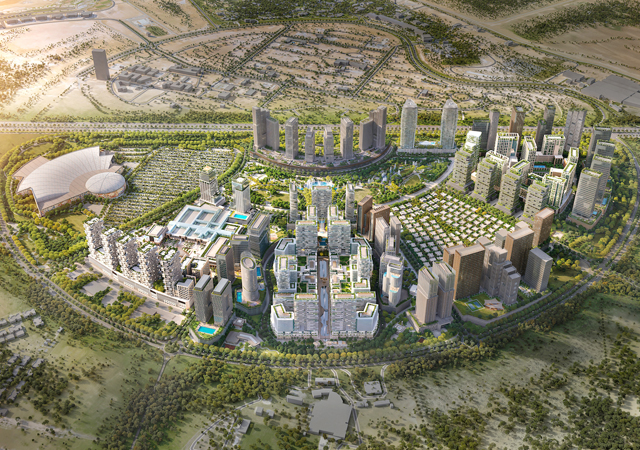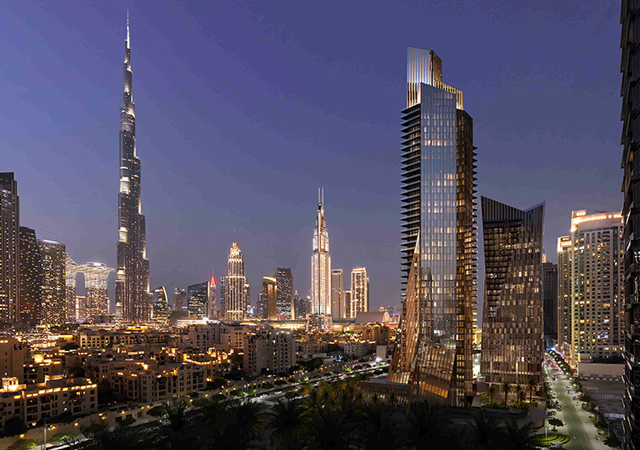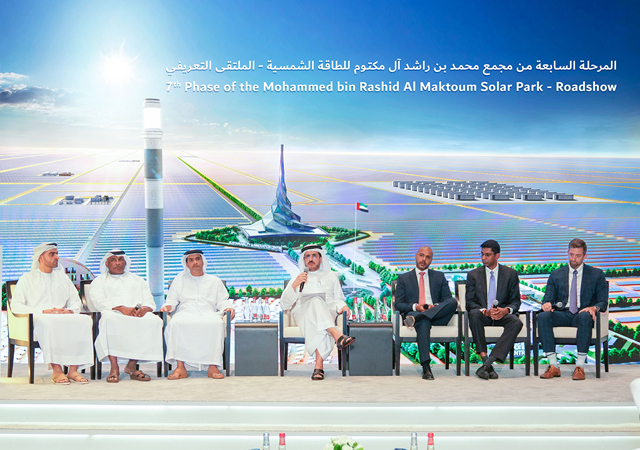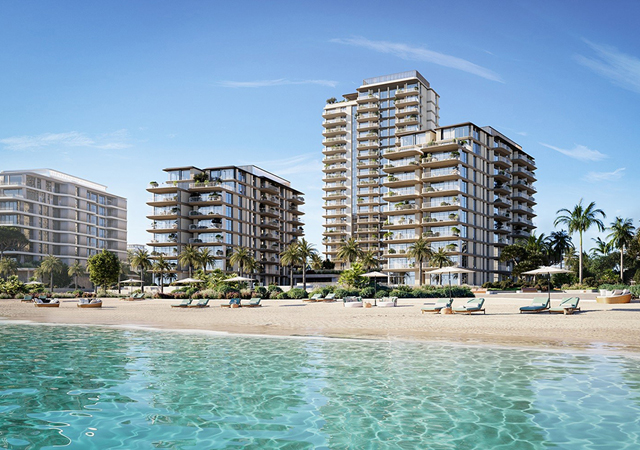
 ARG fibres control cracks in concretes.
ARG fibres control cracks in concretes.
Alkali-resistant glassfibres or ARG fibres have been used to reinforce cement-based materials for over 30 years and many in the Gulf region will already be familiar with glassfibre reinforced concrete (GRC).
GRC is a high cement content mortar (generally 50 parts sand to 50 parts cement) reinforced with high zirconia alkali-resistant glassfibres. It is the zirconia content which is important as it is this which enables the glassfibres to resist the alkalinity of the cement.
Fine examples of GRC exist throughout the Gulf region, including some of the largest and most prestigious applications in the world. The most popular uses are for facade panels and sunscreens although many other applications of GRC products also exist.
For many years, the use of ARG fibres has been restricted to either 'spray' or vibration cast 'premix' GRC precast products. Generally, specifications have called for ARG fibre contents in the range 3 to 5 per cent of the total weight of the mix.
The use of ARG fibres at lower levels, with the possible exception of GRC renders, was not considered seriously until the 1990s. The growing interest in the use of all types of fibres prompted engineers to re-examine the case for the use of ARG fibres in concretes at low dosage levels (less than 0.5 per cent).
 |
| Graph 1 |
Graph 1 shows the relative levels of ARG fibre expressed in kg/cu m for a range of applications for 'concretes'. At the lower end (< 1 kg/cu m), the ARG fibres are used to control plastic cracking in normal concretes. At the higher end, there is traditional sprayed GRC. In between, there is a wide range of possibilities.
When used in normal concretes, there are two advantages of ARG fibres in addition to their high tensile strength: density and modulus of elasticity. At around 2.7 kg/cu m the density is compatible with that of normal concretes. The fibres mix and distribute throughout the fresh concrete easily. The modulus of elasticity of the ARG fibre is about 74 GN/sq m which is about 20 times more than typical polypropylene fibres and nearly four times that of the concrete itself. This means that ARG fibres can directly enhance the strength of the concrete and not just contribute to crack control.
Fibre modified concrete (FMC) is a whole new area of application for ARG fibres. At present only a limited amount of practical experience exists. However, the range of applications is growing rapidly. For example, tests (1) have indicated that the addition of 4 kg/cu m of ARG fibres to a concrete with a cement content of 290 kg/cu m and a PFA (pulverised fly ash) content of 60 kg/cu m can more that halve the water permeability.
 |
| Graph 2 |
Other work (graph 2) has demonstrated that dosage levels as low as 2 kg/cu m can reduce the depth of carbonation. Both results demonstrate that the addition of ARG fibres at low dosage levels could significantly improve the long-term durability of all types of concretes.
The range of applications for ARG fibres in concrete is expanding as is the range of ARG fibres themselves. NEG of Japan offers a wide variety of ARG fibres in different formats.
For GRC there are now many different types available in roving, chopped strand, nets and woven formats.
For crack-control and fibre modified concretes there are dispersible fibres, and high integrity fibres - ARG fibres with 13 micron filaments and with 18 micron filaments.
The use of ARG fibre in concrete is expanding. The future for better concretes is good.
References:
1. Friedrich T. Fibre Modified Concretes - Significant Improvements at Low Dosages.


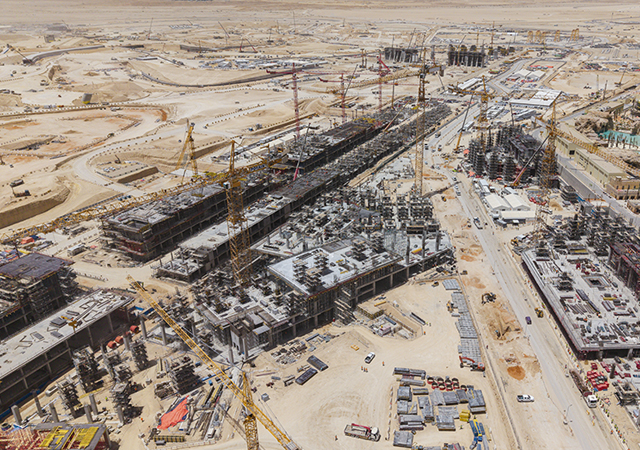
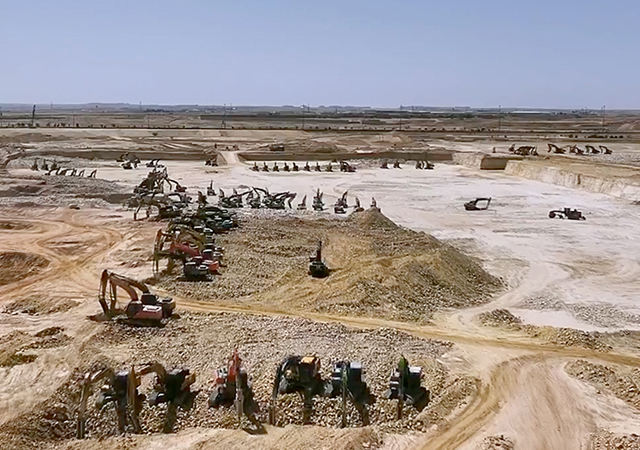
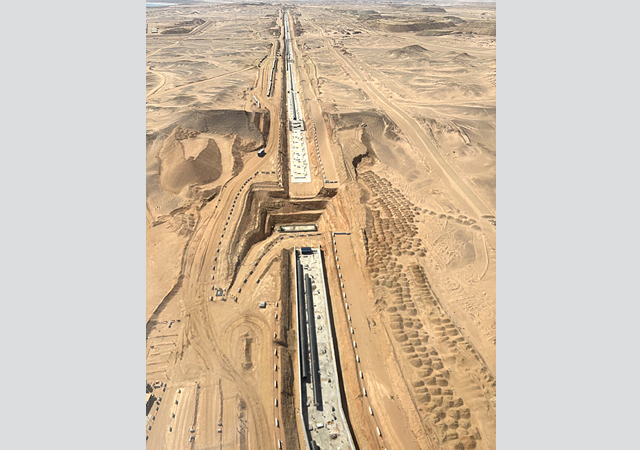

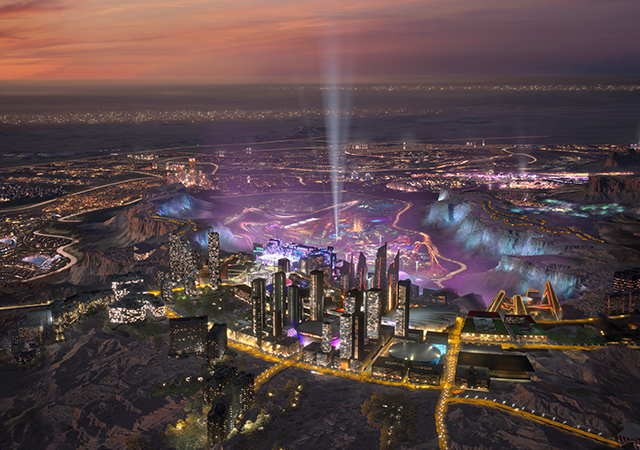

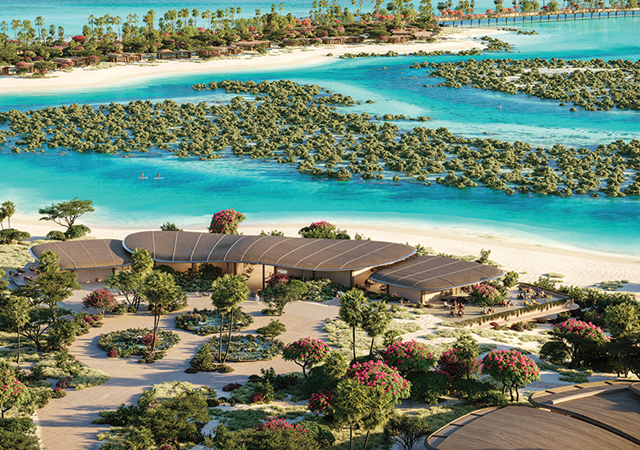
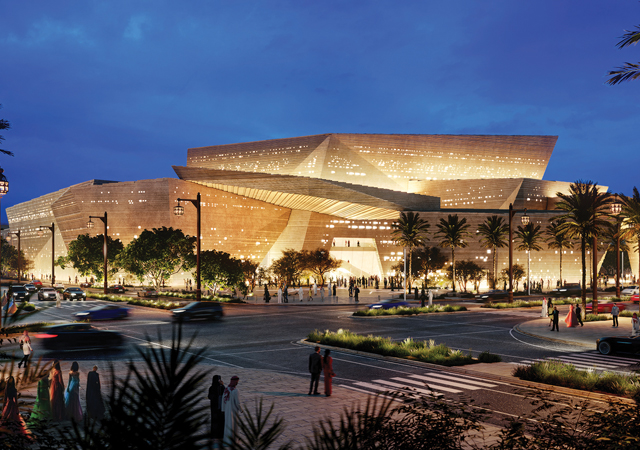
 BIG.jpg)
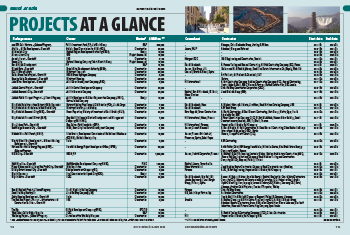
.jpg)
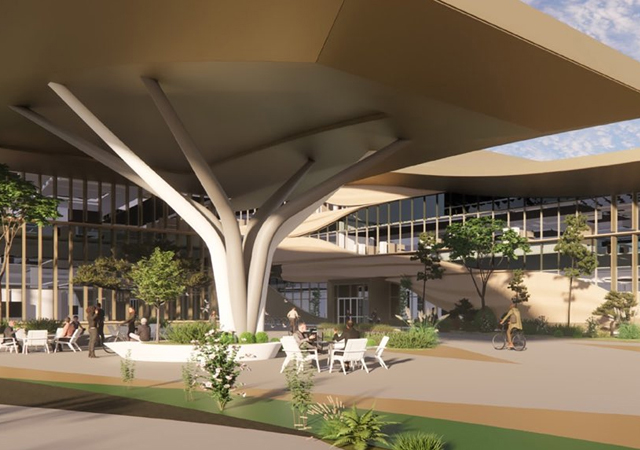

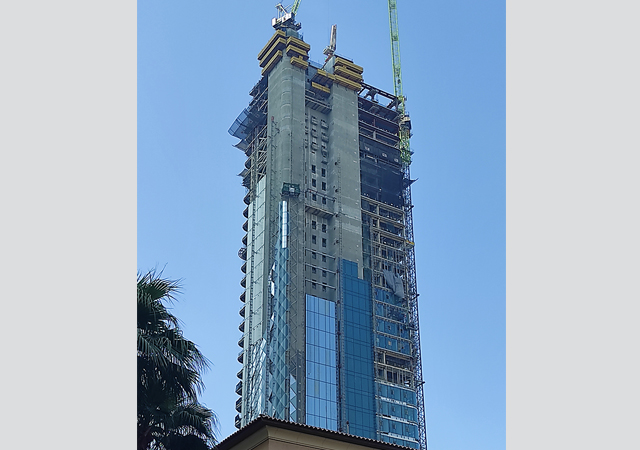


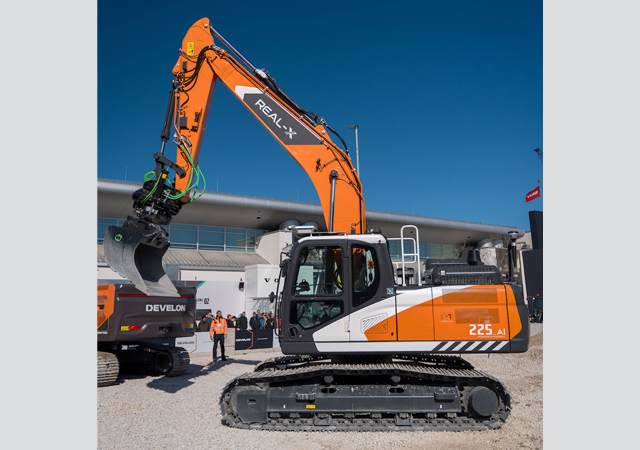


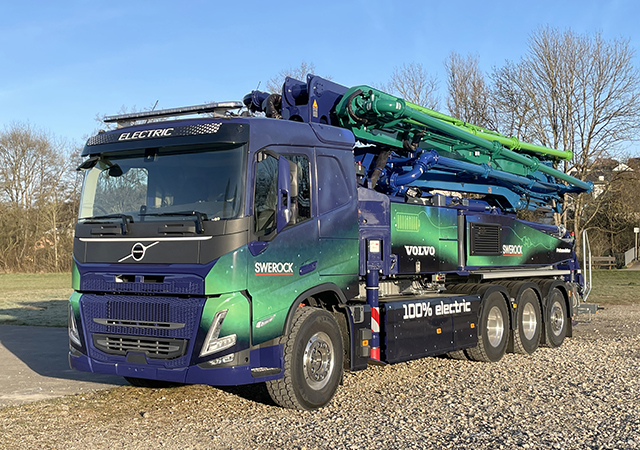

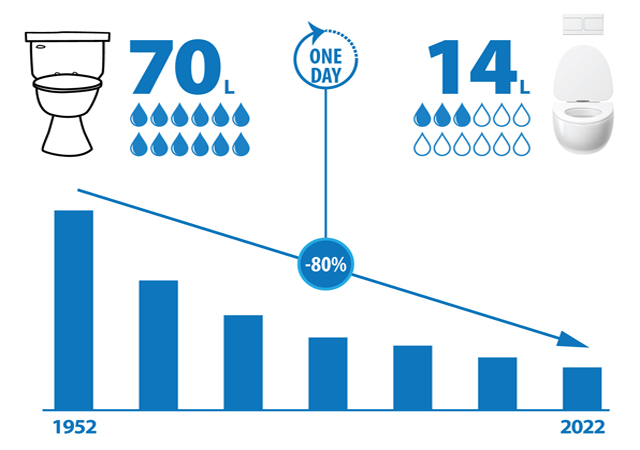


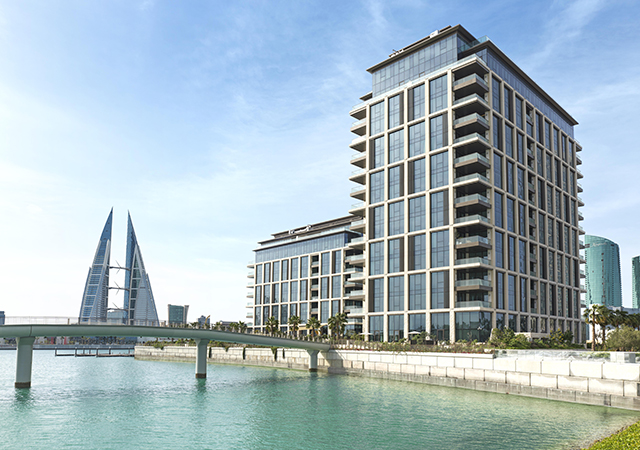
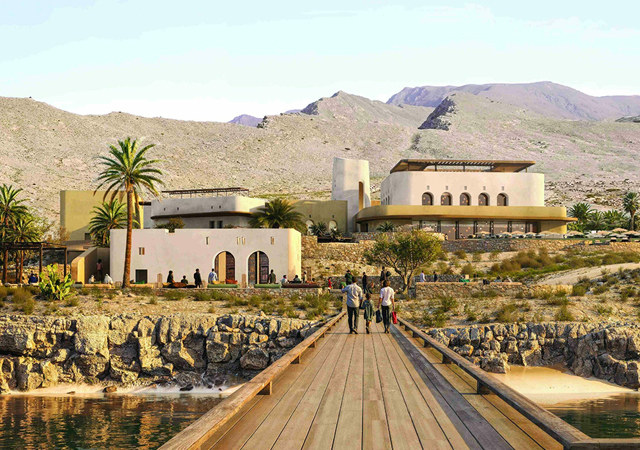


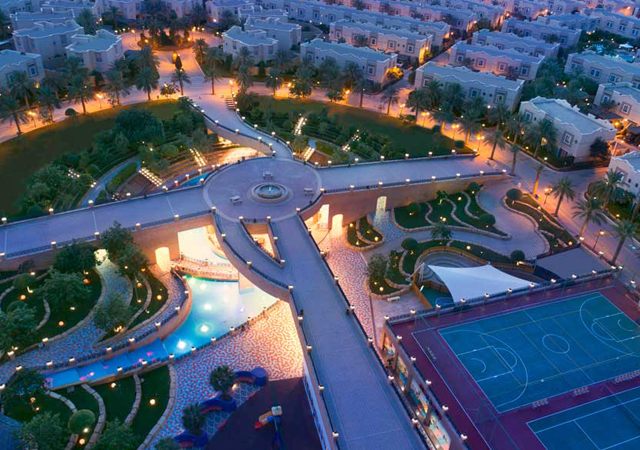
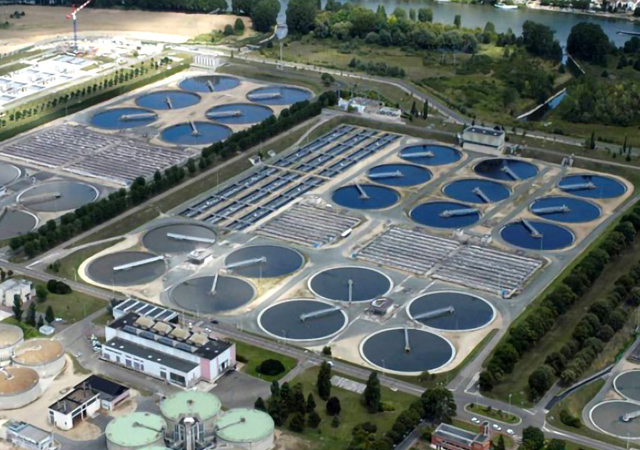


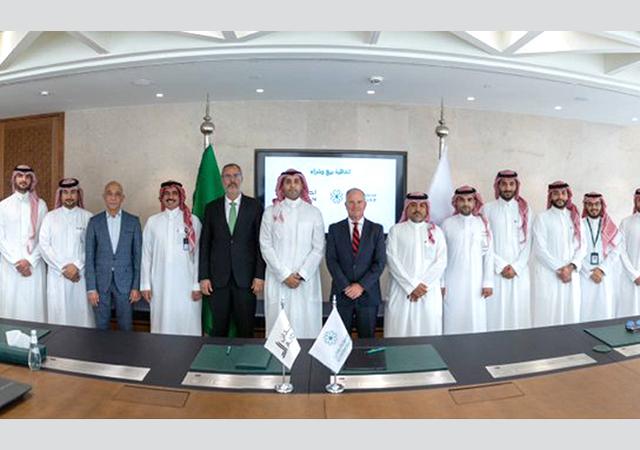
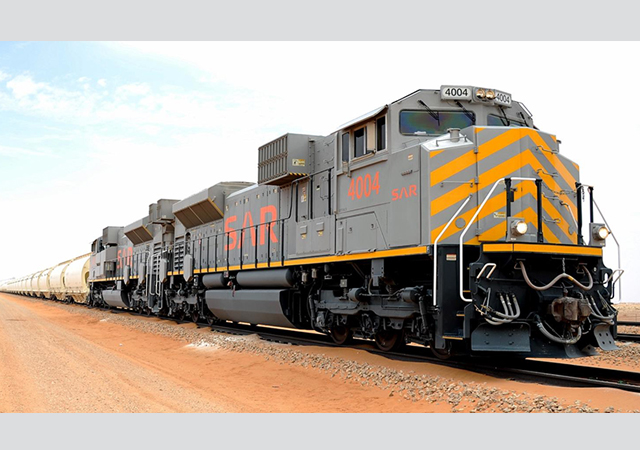
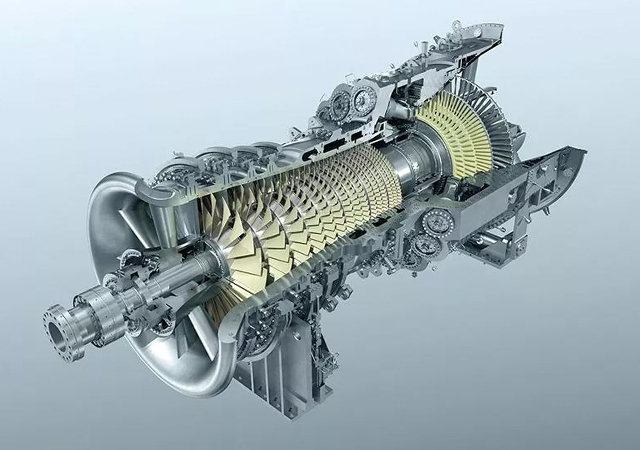
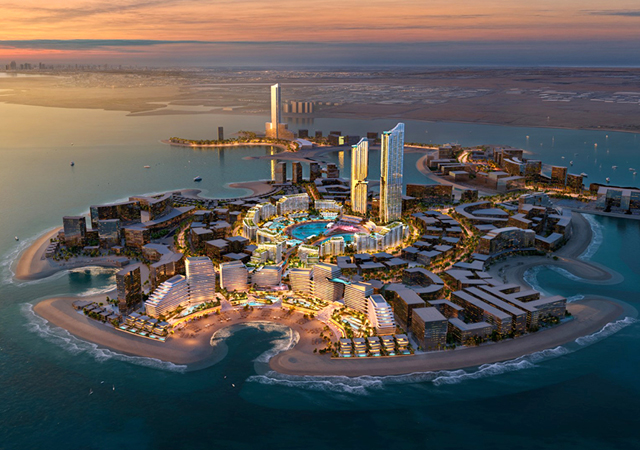
.jpg)
